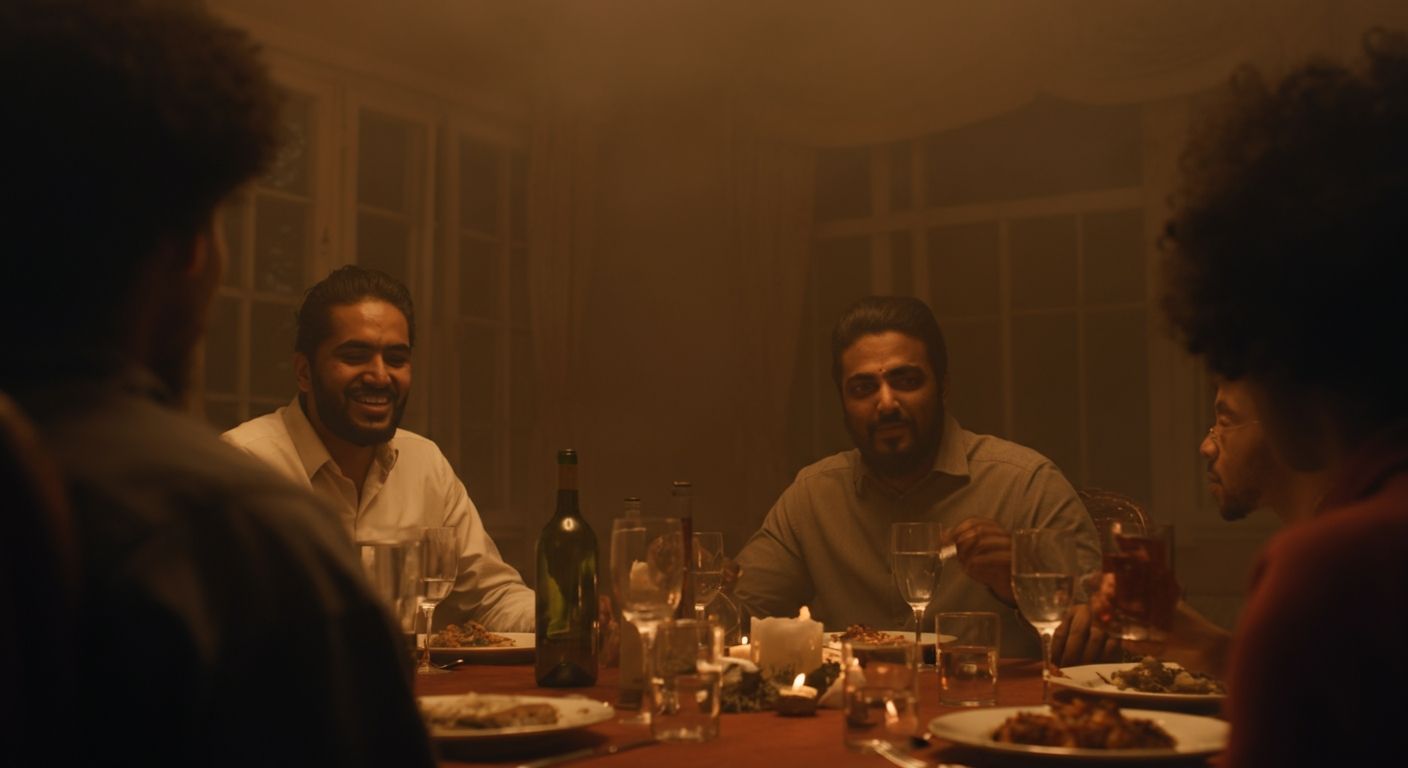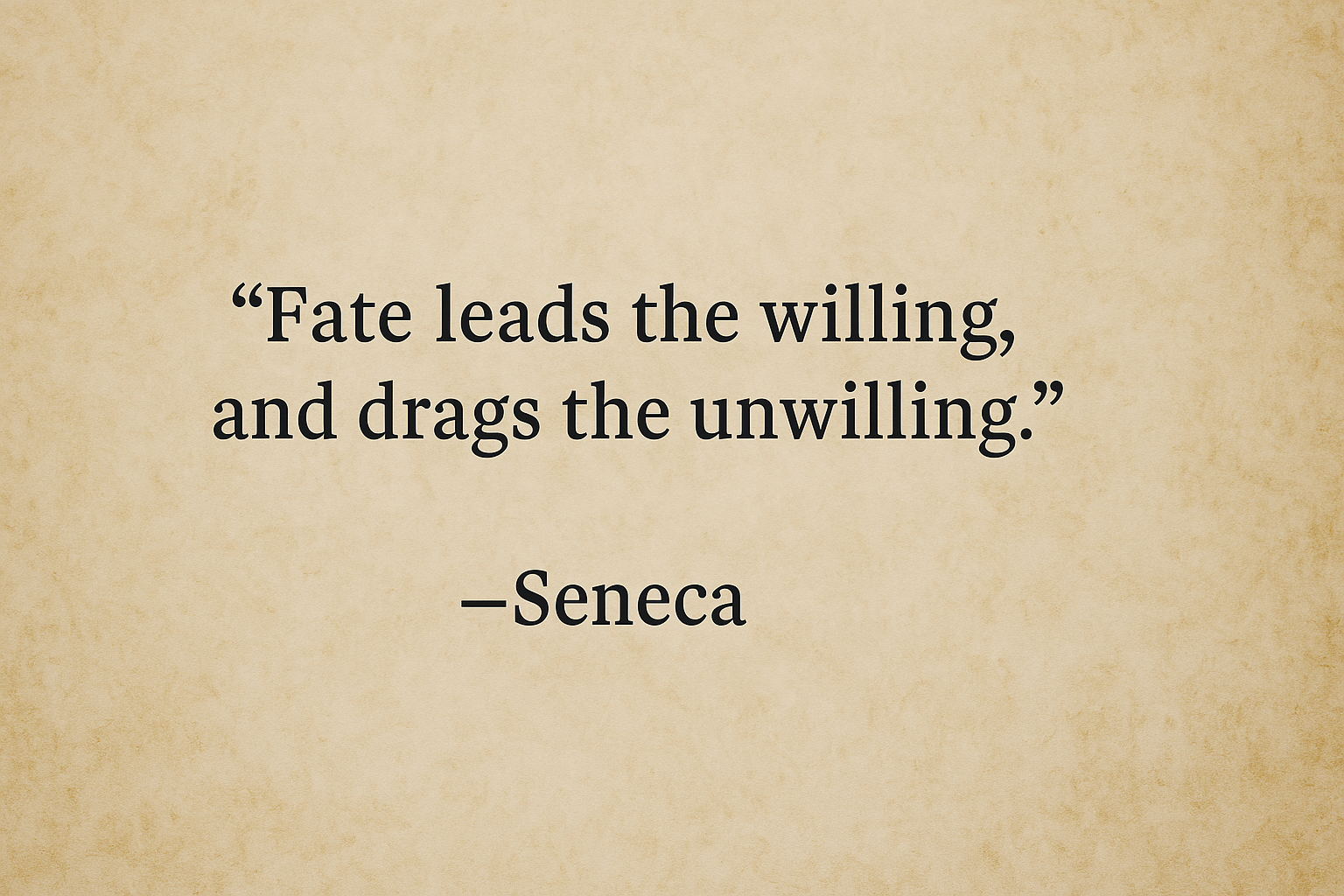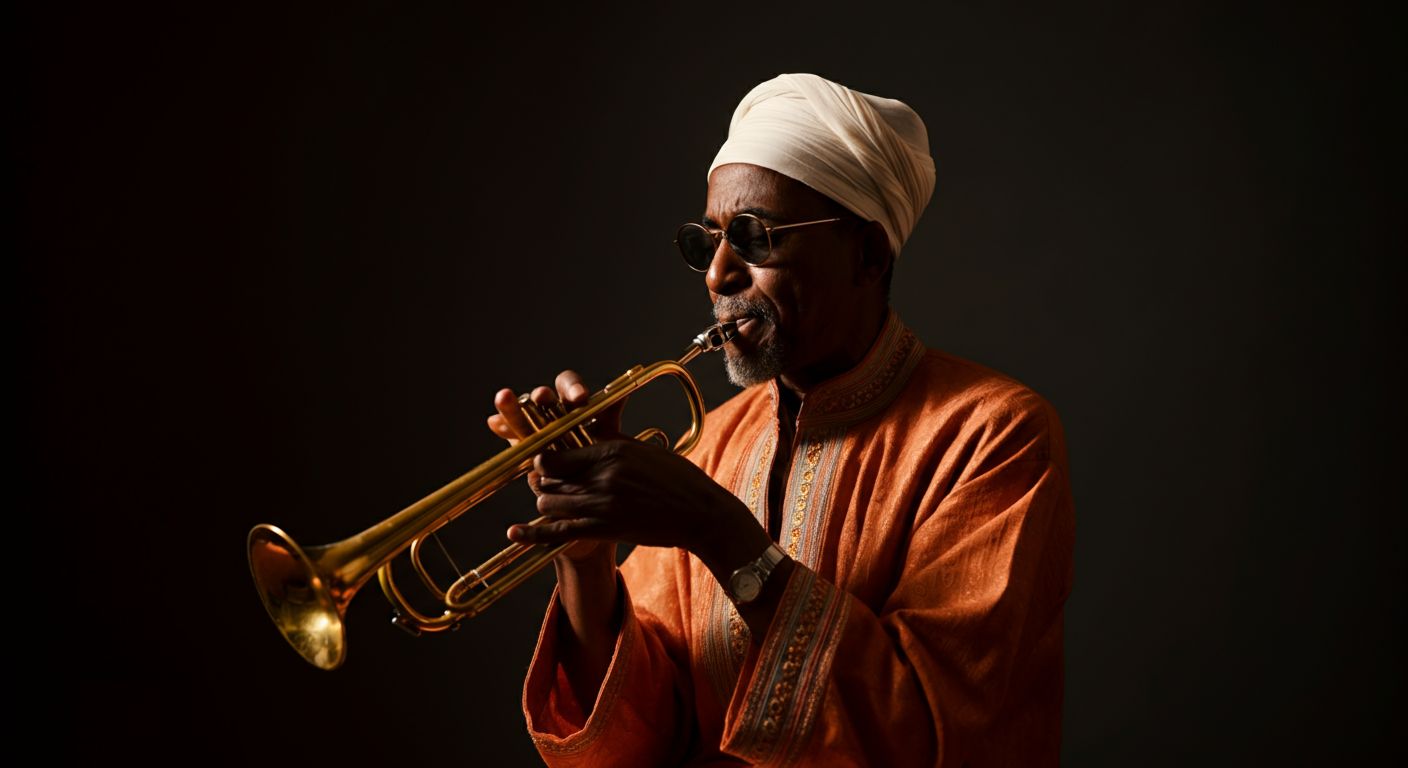By bas meijers
•
April 9, 2025
By the late 1960s, jazz was already something sacred to those who understood it—not just as music, but as meaning. It had gone from dance halls to concert stages, from swing to bebop to something deeper—more questioning, more cosmic. And just as America was unraveling in protests, war, and generational unrest, jazz too began to unravel its own form. The result wasn’t chaos—it was awakening. This new sound would later be called Spiritual Jazz—a genre not defined by chord progressions or time signatures, but by intent. It was jazz that searched for God, that cried out for justice, that wandered into the unseen and tried to return with answers. It wasn't about entertaining anymore. It was about elevation. And for many of its key players, Islam was the compass. There’s something quietly profound about this shift. At a time when some artists were seeking escape through drugs or fame, these musicians turned inward. They weren’t trying to escape the world. They were trying to understand it. To find stillness in the storm. To reach the One who hears even the notes unplayed. Some turned to the Nation of Islam, others to Sunni Islam, others still to Sufi paths with their dhikr, their poetry, their inwardness. But across those variations, a common desire pulsed: to live deliberately. To play with purpose. To worship not just in the masjid, but through every breath, every measure. This spiritual shift changed the music itself. Drummers began structuring solos around the rhythm of heartbeat and breath. Saxophonists stretched their notes like prayers, as if sound itself could ascend. Melodies no longer rushed to resolve—they lingered, floated, waited. As if the musician was listening for something before playing the next phrase. Improvisation became more than skill—it became surrender. A kind of musical tawakkul. Trusting that if you showed up with sincerity, something higher would guide your fingers. This was not just jazz evolution. It was a kind of revolution of the soul. A reclaiming of Black identity, of spiritual dignity, of music not as escape, but as a path back to fitrah—the original state. And Islam—structured, beautiful, rhythmic, and rooted—offered a way forward. To hear this era of jazz is to hear a people coming home. Not just to faith. Not just to sound. But to themselves. Pharoah Sanders & The Call Beyond Pharoah Sanders didn’t need words to preach. His saxophone was enough. It screamed, wept, soared—and somehow, always circled back to silence. He wasn’t Muslim, not in any formal sense. But if music could perform sujood, his surely did. Born Farrell Sanders in Little Rock, Arkansas in 1940, he rose to fame as a disciple of John Coltrane, joining the legendary saxophonist during his most experimental, spiritual years. But while Coltrane wrestled with the cosmos in search of God, Pharoah seemed to come bearing news from beyond the veil. His playing wasn’t a question—it was an answer wrapped in mystery. You hear it most clearly in his masterpiece: "Karma" (1969), and especially the opening track, The Creator Has a Master Plan. Clocking in at over 30 minutes, it’s less a song and more a sacred trance. The track opens with meditative bells and a gentle groove, and then Sanders begins to wail—wild, raw, unfiltered. It's not clean. It’s true. Like a soul purging itself in the presence of the Divine. What made this track so impactful wasn’t just the improvisation—it was the intention. The lyrics, written and sung by Leon Thomas, read almost like Qur'anic tafsir through jazz: The Creator has a master plan Peace and happiness for every man It wasn’t an Islamic chant. But it echoed deeply Islamic truths: Divine Will, Universal Mercy, Tawḥīd. Pharoah dressed the part too—robes, kufi, sometimes a turban. His look and language reflected the same shift that many Black musicians were undergoing: eastward. Toward Africa. Toward Islam. Toward a spirituality that wasn’t colonized. And while Sanders never publicly converted, many Muslims embraced his work as kin. Because his music didn’t fight the ego—it emptied it. He played like a man in dhikr, sometimes whispering into his horn, sometimes exploding with intensity—but always circling back to a kind of spiritual stillness. Like tawaf around the Kaaba: intense, swirling, but centered. In later years, Sanders grew more reclusive. His last major collaboration was with electronic artist Floating Points and the London Symphony Orchestra, in a piece called Promises (2021). It was a slow, aching elegy of life and death, light and shadow. A fitting farewell. He passed away in 2022, but his sound still lingers—floating in the air like incense after prayer. Pharoah Sanders didn’t call the Adhan. But his saxophone called hearts to something Higher. And in a world of noise, he taught us that the holiest sounds may come from instruments tuned by longing. Idris Muhammad: Groove with Ghusl Some musicians leave their mark in notes. Others, in the silences between them. But Idris Muhammad? He left his in the groove—deep, deliberate, drenched in soul. He made the kind of rhythms that pulled your spirit into motion before your mind even knew what was happening. Born Leo Morris in 1939 in the cradle of rhythm—New Orleans—Idris grew up in a city where second lines and street parades were the heartbeat of daily life. Music wasn’t just entertainment there. It was life. A birthright. A ritual. And from an early age, Idris absorbed it all. By his teens, he was already working with legends. But something shifted in the 1960s. He embraced Islam, changed his name to Idris Muhammad, and began a life that would quietly redefine what it meant to be a Muslim musician in the West. Unlike some of his peers, Idris didn’t speak much about his faith in public. But those who worked with him knew: his Islam was not performative—it was embodied. He prayed. He fasted. He kept himself clean, in body and intention. He once left a recording session to make ghusl (ritual purification) before returning to lay down one of his most iconic tracks. And you can feel it in his playing. Whether on Lou Donaldson’s Alligator Boogaloo, or his own solo masterpiece Power of Soul—there’s a sense of presence. He wasn't just playing with rhythm. He was inside it. Like a man whose body had become a dhikr bead, counting praises with every snare hit. His drum patterns weren’t flashy. They were grounded. Disciplined. Like salat: consistent, powerful, timeless. Even when the music got funky—and Idris could get funky—there was something clean about it. No excess. No ego. Just energy and sincerity. Behind the scenes, he lived with the same intentionality. He refused gigs that compromised his values. He treated fellow musicians with quiet respect. And even when his career intersected with pop and disco (yes, he played on some of those too), he never lost his footing. What Idris Muhammad offered was proof that you could be deep in the pocket—musically—and still be deep in sujood—spiritually. That devotion doesn’t always look like silence or seclusion. Sometimes, it sounds like a perfectly placed kick drum. Sometimes, it dances. He passed away in 2014, leaving behind not just tracks, but a trail—a way of being Muslim in the music world without apology or compromise. In a time when the line between sacred and secular often feels sharp and unforgiving, Idris Muhammad softened it. Not by diluting faith, but by embodying it—quietly, consistently, and with groove. The Aesthetic Shift: Album Art, Arabic Calligraphy, Eastern Modes At some point in the journey of spiritual jazz, something subtle but profound began to happen: the faith that had entered the hearts of these musicians began to show up in their visuals, their titles, their tones. It wasn’t just about what the music sounded like—it was about what it looked like, what it evoked, what it carried. You could spot it on the record shelves before even hearing a note. A shift in colors. In names. In symbols. Something unmistakably Islamic—yet deeply personal, beautifully Black, and spiritually layered. Take a look at Yusef Lateef’s 1957 album Prayer to the East. The title alone reads like a quiet declaration of qiblah—a turning of the soul. The cover shows him gazing downward, wrapped in thought, framed by simple design. No spectacle. Just intention. Later albums across the genre picked up this thread: Arabic calligraphy, stars and crescents, Middle Eastern architecture, titles like "Eastern Sounds", "The Maghrib Prayer", Jihad, and even album notes quoting the Qur'an or Sufi poets. What was happening here wasn’t branding—it was barrakah. These musicians were no longer separating their faith from their creative process. They were inviting it into the full experience—from the liner notes to the last cymbal crash. Jazz covers, once all swanky suits and smoky clubs, began to reflect something older, deeper. The geometry of Islamic design crept into layouts. Desert palettes replaced neon city lights. Artists wore kufis, abayas, sometimes posed in prayer postures—not to perform piety, but to reclaim space. To say: I can be jazz, and I can be Muslim. Fully. Freely. But the aesthetic shift wasn’t just visual. It was musical. Musicians began to move away from Western scales and time signatures, exploring: Maqamat (Middle Eastern modes rich in spiritual resonance) African polyrhythms rooted in ancestral memory Free-form structures that mirrored the unpredictability of divine inspiration Sax solos began to mimic adhan-like cries—elongated, yearning, echoing. Drums pulsed like dhikr circles, repetitive yet transformative. Even silence was treated differently—not as emptiness, but as sacred space. Sukūn, the Qur’anic pause. And while not every artist explicitly claimed Islam, many moved within its orbit—drawing from its aesthetics, ethics, and sense of transcendence. The influence was so widespread that even non-Muslim artists began to adopt the language: "Om", "Karma", "Peace in the Middle East", "Mystic Revelation". This was more than fusion—it was fusion with reverence. Because in the Islamic worldview, beauty (jamāl) is not superficial. It’s a sign of the Divine. And these artists, whether born into Islam or arrived by choice, began to let that beauty shape every layer of their art. What emerged was a visual and sonic universe where album covers became mihrabs, songs became supplications, and the music itself became a canvas for barakah. Legacy and Echoes: Contemporary Reverberations Jazz has never stood still. Like a prayer that adapts to each moment yet never forgets its form, it bends with time but keeps its essence. And even as the golden era of spiritual jazz faded into the rearview, its echoes didn’t vanish—they deepened. They found new homes. They whispered their way into the next generations—sometimes in sound, sometimes in silence. And if you know how to listen, you’ll still hear them today: the pulse of Black Muslim identity, the yearning for the Divine, the refusal to separate art from akhlaq, rhythm from remembrance. Take Kamasi Washington, for example. A towering figure in today’s jazz revival. He’s not Muslim, but his 2015 album The Epic feels like a meditation on qadr—destiny. His orchestral arrangements swell like du‘ā at the end of a long night, and his playing draws from the very well that Pharoah Sanders helped dig. Tracks like "The Rhythm Changes" and "Truth" are drenched in moral and cosmic questions. His sound is spiritual jazz for the modern soul—searching, vast, and deeply sincere. Then there’s the blurred, beautiful space where jazz meets hip-hop, and Islam finds fresh breath. Yasiin Bey (Mos Def). Lupe Fiasco. Brother Ali. Omar Offendum. All artists who’ve woven Qur'anic references, Islamic ethics, and Black consciousness into bars that hit like hadiths. And when these artists sample old jazz records—sometimes even sampling Ahmad Jamal, or referencing “East” in their track titles—it’s not just musical nostalgia. It’s legacy. A hand reaching across generations. Even producers like Madlib and No I.D. have tipped their hats to spiritual jazz, building beats on top of dusty vinyl that still carry the scent of oud and prayer rugs. And let’s not forget the global impact. British jazz collectives, like Sons of Kemet and Shabaka Hutchings, are reviving not just jazz but its spiritual lineage. Shabaka, often described as a prophet with a saxophone, creates music that feels like it belongs in a masjid and a revolution march. His 2020 album We Are Sent Here by History reads like a khutbah in rhythm. Even in Muslim-majority countries—Egypt, Turkey, Indonesia—jazz festivals now host artists blending traditional Islamic melodies with modal jazz. The sound is spreading, and with it, the spirit. But perhaps the most powerful legacy isn’t in albums or accolades. It’s in the quiet confidence these pioneers left behind. The message they encoded into every breath of their music: You can be Muslim. You can be Black. You can be spiritual. You can be creative. You can be all of it. And you don’t have to apologize for any of it. That legacy is alive. It hums beneath the surface of beats and breath. It lives in the young Muslim artist sampling a jazz horn while writing verses after Fajr. It lives in the listener who hears a saxophone and suddenly feels the heart open, like the start of a prayer. This is what jazz became. Not just a sound, but a silk thread of tradition—one that stretches from the call to prayer to the call of a horn, both aimed at Heaven. Personal Reflection: Reconciling Sound and Soul There was a time when I thought I had to choose. Between my faith and my love for music. Between sujood and swing. Between the man I was becoming and the songs that once shaped me. I walked away from jazz for a while—not out of conviction, but confusion. I’d hear a melody, feel my chest rise, and then the whispers would come: Is this love of yours a veiled disobedience? Is it your nafs hiding in reverb and rhythm? I didn’t have the answers. So I let it go. I closed the piano. Muted the speakers. Chose silence over uncertainty. But in that silence, I began to hear something else—something quieter than a question, deeper than doubt. It was the sound of return. Not a return to music as escape, but music as meaning. Music as memory. Music as remembrance. I started listening again—but this time, not to entertain myself. I listened like one listens to rain after a drought. Like one listens to an elder. Like one listens to the rustle of leaves that reminds you God is near. And in that listening, I found my way back to jazz—not as a past pleasure, but as a living testament. Because the stories of Art Blakey, Yusef Lateef, Ahmad Jamal, Idris Muhammad—they aren’t just stories of sound. They are stories of submission. Of men who didn’t leave Islam at the studio door. Men who walked into the spotlight with their faith intact. Who turned the stage into a minbar, their instrument into an extension of their soul. They reminded me that Islam is not afraid of beauty. That Allah is Al-Jamīl—The Beautiful. That perhaps the right question was never “Is music haram?”—but “What does this sound make of my heart?” Now, when I hear a warm bassline or a searching saxophone, I don’t run from it. I lean in. I ask: Is this helping me remember? Is it stirring something noble in me? Is it pointing me home? Jazz still doesn’t give easy answers. But it gives space. And maybe that’s enough. It taught me that faith is not always found in stillness. Sometimes, it’s in the rhythm. In the space between notes. In the silence after the final chord. In the breath before the next. And so this journey—this deep dive into the legacy of Muslim jazz musicians—has become a form of worship in itself. A kind of tafsir through trumpet. A way of saying: Ya Rabb, I see You even here. So here I am again. Older. Softer. Listening with a different ear. And what I hear now is not just music. It’s a sound that swings like dhikr. That stirs like du‘ā. That stands, like the soul, in search of God.



